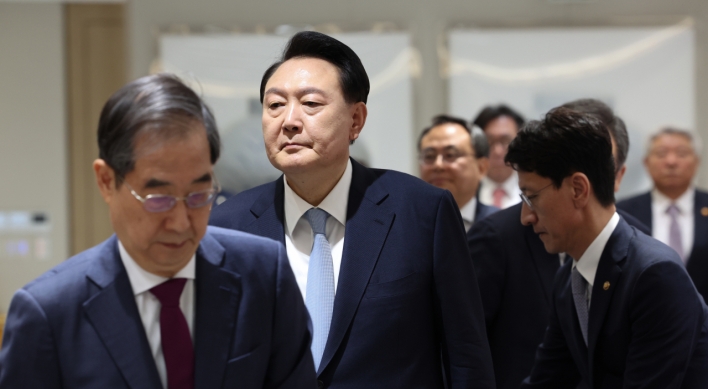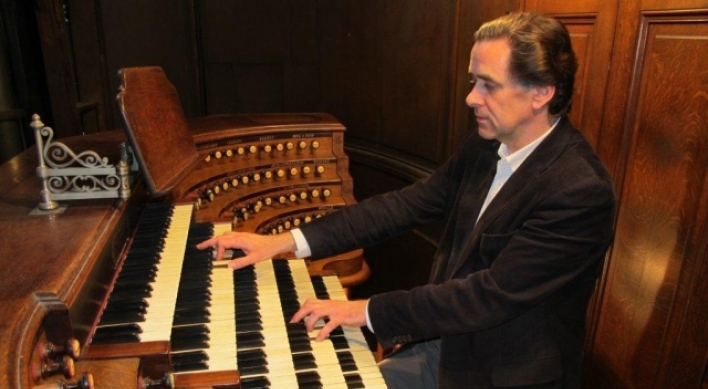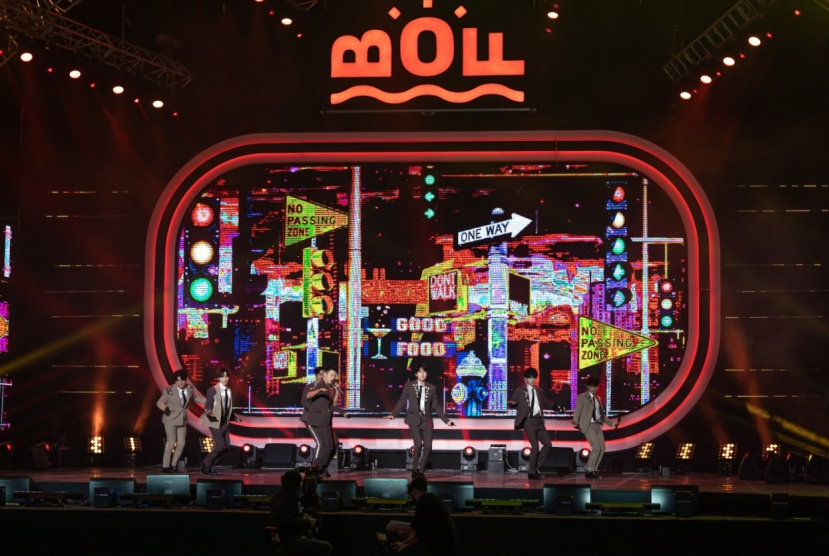The 13th Gwangju Biennale, directed by Defne Ayas and Natasha Ginwala, is taking shape.
The upcoming biennale, titled “Minds Rising, Spirits Tuning,” recently announced its first batch of participating artists as it kicked off the first program tied to the event slated to begin Sept. 4, 2020 in Gwangju.
The upcoming biennale, titled “Minds Rising, Spirits Tuning,” recently announced its first batch of participating artists as it kicked off the first program tied to the event slated to begin Sept. 4, 2020 in Gwangju.
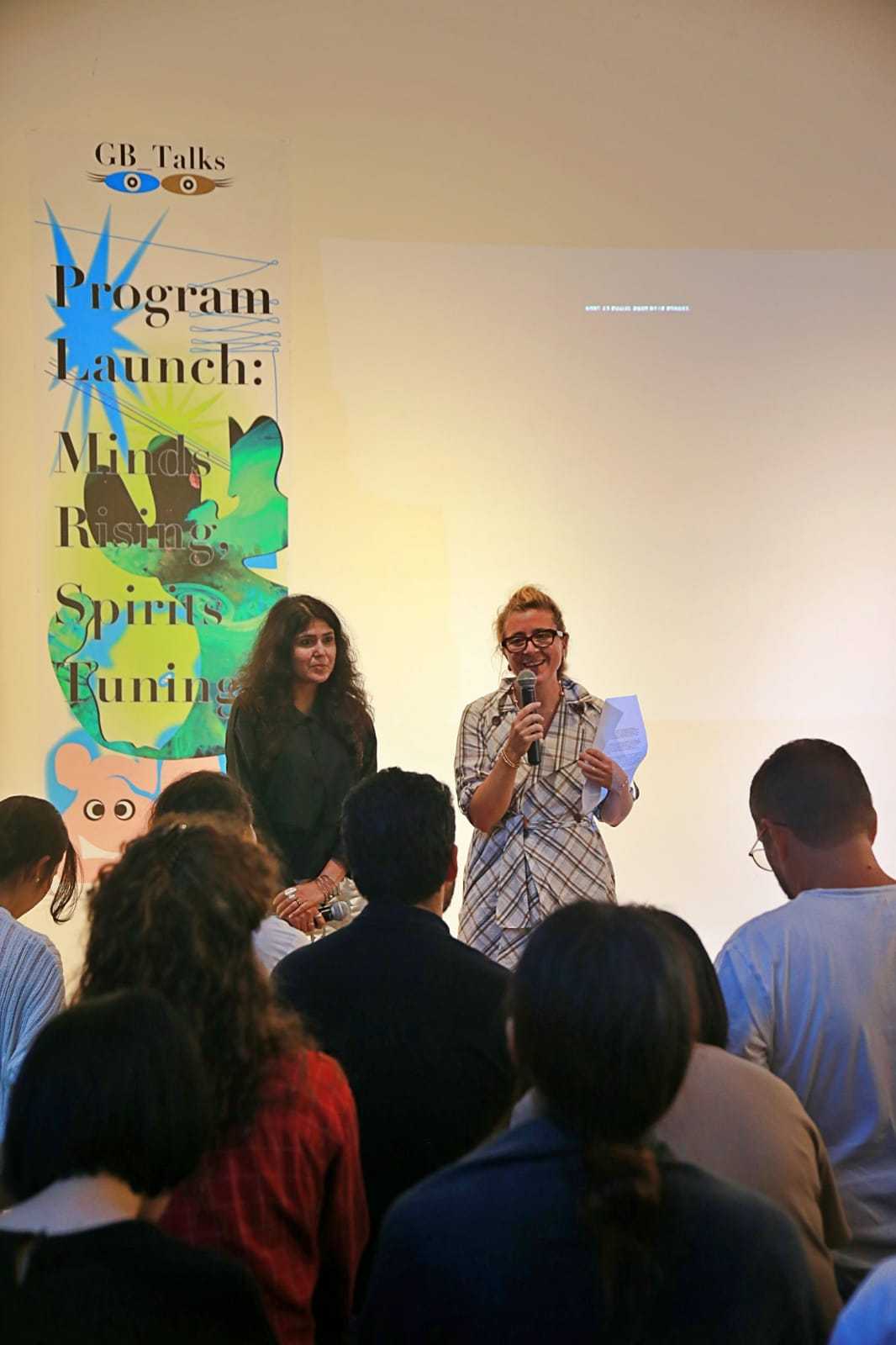
The lineup for Korea’s largest art festival includes 31 international artists.
“We chose artists who are very much engaged within their own diverse geographies, and who are invested in interdisciplinary frameworks traversing ancestral knowledge, machine intelligence and healing methodologies,” Defne Ayas and Natasha Ginwala told The Korea Herald on Tuesday.
“Their mind-expanding practices are locally relevant as well as connected to our shared planetary conditions today,”
Of the 31 artists, nine are visiting Korea for the first official program, “Program Launch: Minds Rising, Spirits Tuning.” They are Judy Radul, Fernando Palma Rodriguez, John Gerrard, Kim Syl-bee, Gala Porras-Kim, Yin-Ju Chen, Angelo Plessas, Kim Sang-don and Cho Hyun-taek.
“Our first collective site visit takes place during this week, and through our outreach, our local audiences are also able to have a sense of the artists’ practice and be in anticipation of the biennale opening next September,” the co-directors said.
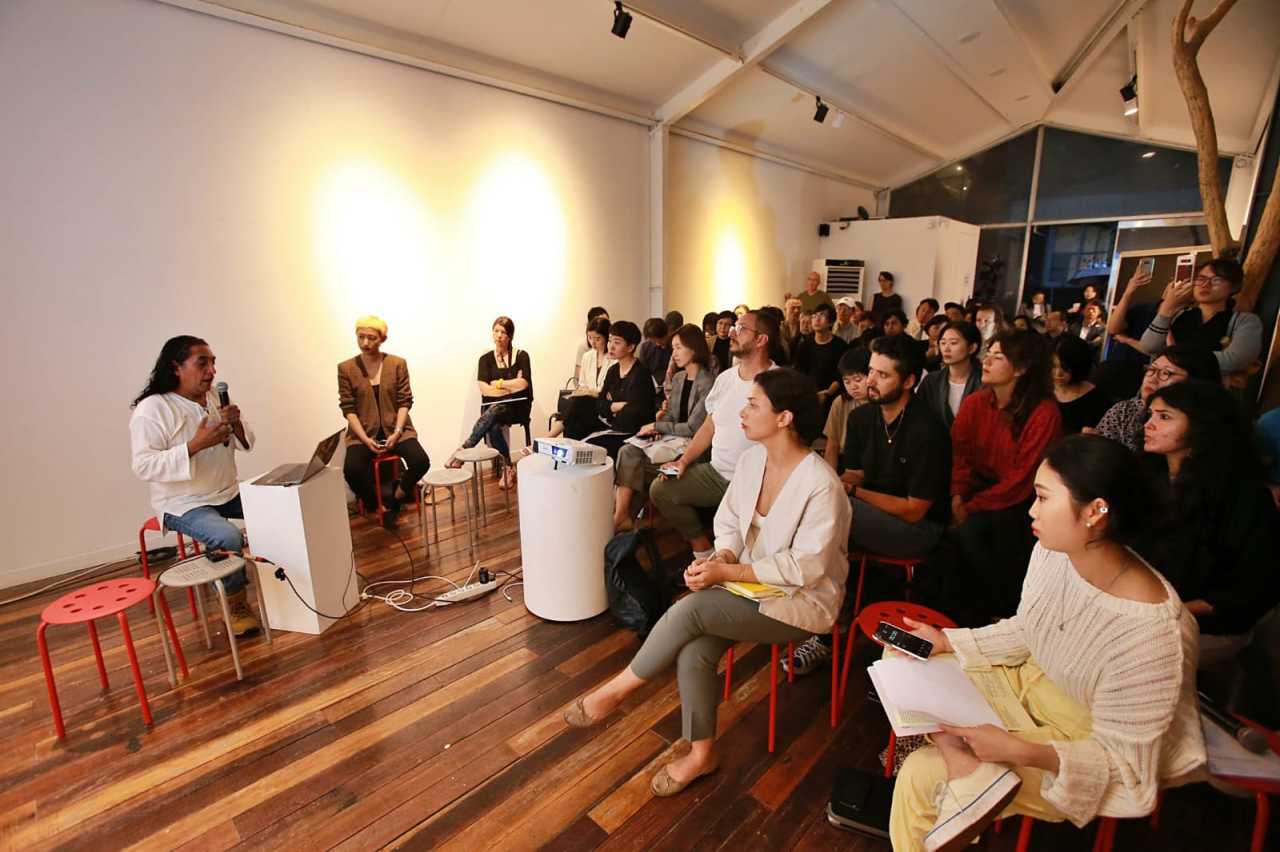
On Tuesday, Ayas and Ginwala gave a brief introduction of the biennale’s programs, after which the artists talked about their past projects and artistic interests, ranging from high-end technologies to heterodox ancestries to shamanism.
Mexican artist Rodriguez, whose practice focuses on indigenous and ancestral knowledge, introduced robotic sculptures that draw elements from Aztec mythology and pictorial codices.
Irish artist Gerrard shared his take on artificial intelligence technology, particularly deep learning and the neural network and programming paradigm, which enable computers to learn from observational data.
Gerrard is known for his 2017 project “Neural Exchange,” shown in Los Angeles County Museum of Art’s Bing Theater, in which he experimented with neural networks, combining the technology with one of the edifices of medieval cathedrals.
Radul, an interdisciplinary artist from Canada, discussed ideas about her video installation that uses machine learning technology.
LA-based Columbian artist Porras-Kim, whose practice focuses on the ways human perception change over time, shared her thoughts on languages that separate living and dead objects.
On Wednesday, Greek artist Plessas showcased a ritual that he created by combining Dionysian and Indian rites at a park in Yongbong-dong, Gwangju. Kim Sang-don held a session that delved into the politics of the dead and those who have disappeared, as part of the unresolved historical legacy of Gwangju.
“The 13th Gwangju Biennale will feature a dynamic program encompassing an exhibition, a performance program, an online publishing platform and publications, and a series of public forums bringing together artists, theoretical scientists, and systems thinkers,” the Gwangju Biennale Foundation said in its statement.
By Shim Woo-hyun (ws@heraldcorp.com)








![[KH Explains] How should Korea adjust its trade defenses against Chinese EVs?](http://res.heraldm.com/phpwas/restmb_idxmake.php?idx=644&simg=/content/image/2024/04/15/20240415050562_0.jpg&u=20240415144419)






